Nutritional Guidelines and Fermented Food Frameworks
Abstract
1. Introduction
2. Sustainable Development and Fermented Food Hygiene in Africa
3. Fermented Foods and Probiotics
4. Public Policy: Regulations, Laws, Opinions and Guidelines
5. The Case of Fermented Soybean Extracts in Europe
6. The Case of Gluten and Celiac Disease
7. The Homemade Foods Bill in the USA
8. Fermented Foods and Mycotoxins
9. Nutritional Guidelines and Consumer Expectations
10. Some National Food Guides
11. A Comparison of Inclusion of Fermented Products in Different Guides
12. Conclusions and Recommendations
Author Contributions
Conflicts of Interest
References
- Lloyd, G.E.R.; Chadwick, J.; Mann, W.N. Regimen for Health. Hippocratic Writings; Penguin Books Ltd.: London, UK, 1983; pp. 154–196. [Google Scholar]
- Food and Agriculture Organization (FAO). Traditional Fermented Food and Beverages for Improved Livelihoods; Marshall, E., Mejia, D., Eds.; FAO: Rome, Italy, 2012. [Google Scholar]
- Fijan, S. Microorganisms with claimed probiotic properties: An overview of recent literature. J. Environ. Res. Public Health 2014, 11, 4745–4767. [Google Scholar] [CrossRef] [PubMed]
- Motarjemi, Y. The impact of small-scale fermentation technology on food safety in developing countries. Int. J. Food Microbiol. 2000, 75, 213–229. [Google Scholar] [CrossRef]
- Food and Agriculture Organization (FAO). Human Nutrition in the Developing World; FAO: Rome, Italy, 1997. [Google Scholar]
- Wood, B.J.B. Microbiology of Fermented Foods, 2nd ed.; Thomson Science: London, United Kingdom, 1998; Volume 1. [Google Scholar]
- Zhang, J.; Wang, X.; Huo, D.; Li, W.; Hu, Q.; Xu, C.; Liu, S.; Li, C. Metagenomic approach reveals microbial diversity and predictive microbial metabolic pathways in Yucha, a traditional Li fermented food. Sci. Rep. 2016, 6, 32524. [Google Scholar] [CrossRef] [PubMed]
- Adesulu, A.T.; Awojobi, K.O. Enhancing sustainable development through indigenous fermented food products in Nigeria. Afr. J. Microbiol. Res. 2014, 8, 1338–1343. [Google Scholar]
- Nduko, J.M.; Matofari, J.W.; Nandi, Z.O.; Sichangi, M.B. Spontaneously fermented Kenyan milk products: A review of the current state and future perspectives. Afr. J. Food Sci. 2017, 11, 1–11. [Google Scholar]
- Mathara, J.M.; Schillinger, U.; Kutima, P.M.; Mbugua, S.A.; Holzapfel, W.H. Isolation, identification and characterization of the dominant microorganisms of kulenaoto: The Maasai traditional fermented milk in Kenya. Int. J. Food Microbiol. 2004, 94, 269–278. [Google Scholar] [CrossRef] [PubMed]
- Mugula, J.K.; Nnko, S.A.M.; Sørhaug, T. Changes in quality attributes during storage of togwa, a lactic acid fermented gruel. J. Food Saf. 2001, 21, 181–194. [Google Scholar] [CrossRef]
- Mozambique (2016). Mass Poisoning Caused by Bacterial Contamination. Available online: https://www.revolvy.com/topic/Mozambique%20funeral%20beer%20poisoning. (accessed on 3 August 2017).
- Patel, K.; Wakhisi, J.; Mining, S.; Mwangi, A.; Patel, R. Esophageal cancer, the topmost cancer at MTRH in the rift valley, Kenya, and its potential risk factors. ISRN Oncol. 2013, 2013, 503249. [Google Scholar] [CrossRef] [PubMed]
- Nieminen, M.T.; Novak-Frazer, L.; Collins, R.; Dawsey, S.P.; Dawsey, S.M.; Abnet, C.C.; White, R.E.; Freedman, N.D.; Mwachiro, M.; Bowyer, P.; et al. Alcohol and acetaldehyde in African fermented milk Mursik—A possible etiologic factor for high incidence of esophageal cancer in Western Kenya. Cancer Epidemiol. Biomarkers Prev. 2013, 22, 69–75. [Google Scholar] [CrossRef] [PubMed]
- Wakhisi, J.; Patel, K.; Buziba, N.; Rotich, J. Esophageal cancer in north rift valley of western Kenya. Afr. Health Sci. 2005, 5, 157–163. [Google Scholar] [PubMed]
- Anukam, K.C.; Reid, G. African traditional fermented foods and probiotics. J. Med. Food 2009, 12, 1177–1184. [Google Scholar] [CrossRef] [PubMed]
- Mahasneh, A.M.; Abbas, M.M. Probiotics and traditional fermented foods: The eternal connection (mini-review). Jordan J. Biol. Sci. 2010, 3, 133–140. [Google Scholar]
- Ranadheera, R.D.; Bains, S.K.; Adams, M.C. Importance of food in probiotic efficacy. Food Res. Int. 2010, 43, 1–7. [Google Scholar] [CrossRef]
- Shiby, V.K.; Mishra, H.N. Fermented milks and milk products as functional foods—A review. Crit. Rev. Food Sci. Nutr. 2013, 53, 482–496. [Google Scholar] [CrossRef] [PubMed]
- Rolle, R.; Satin, M. Basic requirements for the transfer of fermentation technologies to developing countries. Int. J. Food Microbiol. 2002, 75, 181–187. [Google Scholar] [CrossRef]
- McCartney, E. The Good, the Bad, and the Ugly—The Future Global Regulation of Probiotics for Humans and Animals. In Proceedings of the International Scientific Conference on Probiotics and Prebiotics, Budapest, Hungary, 20–22 June 2017. [Google Scholar]
- European Commission (EC). Report of the Scientific Committee on Animal Nutrition on Product Toyocerin® for Use as Feed Additives. Available online: https://ec.europa.eu/food/sites/food/files/safety/docs/animal-feed_additives_rules_scan-old_report_out72.pdf (accessed on 3 August 2017).
- Bourdichon, F.; Casaregola, S.; Farrokh, C.; Frisvald, J.C.; Gerds, M.L.; Hammes, W.P.; Harnett, J.; Huys, G.; Laulund, S.; Ouwehand, A.; et al. Review. Food fermentations: Microorganisms with technological beneficial use. Int. J. Food Microbiol. 2012, 154, 87–97. [Google Scholar] [CrossRef] [PubMed]
- Food and Agriculture Organization (FAO). Current status and options for biotechnologies in food processing and in food safety in developing countries. In Proceedings of the FAO International Technical Conference, Guadalajara, Mexico, 1–4 March 2010. [Google Scholar]
- Franz, C.M.; Huch, M.; Mathara, J.M.; Abriouel, H.; Benomar, N.; Reid, G.; Galvez, A.; Holzapfel, W.H. African fermented foods and probiotics. Int. J. Food Microbiol. 2014, 190, 84–96. [Google Scholar] [CrossRef] [PubMed]
- Villena, J.; Kitazawa, H. Probiotic microorganisms: A closer look. Microorganisms 2017. [Google Scholar] [CrossRef] [PubMed]
- Tamang, J.P.; Shin, D.-H.; Jung, S.-J.; Chae, S.-W. Functional properties of microorganisms in fermented foods. Front. Microbiol. 2016, 7, 578. [Google Scholar] [CrossRef] [PubMed]
- Food and Agriculture Organization/World Health Organization (FAO/WHO). Probiotics in Food. Health and Nutrition Properties and Guidelines for Evaluation; Food and Agriculture Organization/World Health Organization (FAO/WHO): Rome, Italy, 2006. [Google Scholar]
- EFSA-Member State Risk Communication Handbook Updated. Available online: https://www.efsa.europa.eu/en/press/news/170524-0 (accessed on 3 August 2017).
- The Organisation for Economic Co-Operation and Development (OECD). SMEs, Social Entrepreneurship and Innovation; OECD: Warsaw, Poland, 2010; Chapter 5; pp. 185–215. [Google Scholar]
- Lofstedt, R.E.; Vogel, D. The changing character of regulation: A comparison of Europe and the United States. Risk Anal. 2001, 21, 399–416. [Google Scholar] [CrossRef] [PubMed]
- Regulation, H.A.T. Regulation (EC) No 258/97 of the European Parliament and of the Council of 27 January 1997 concerning novel foods and novel food ingredients. Off. J. Eur. Communities. 1997, 40, 1–7. [Google Scholar]
- Chang, Y.Y.; Liu, J.S.; Lai, S.L.; Wu, H.S.; Lan, M.Y. Cerebellar hemorrhage provoked by combined use of nattokinase and aspirin in a patient with cerebral micro bleeds. Int. Med. 2008, 47, 467–469. [Google Scholar] [CrossRef]
- European Food Safety Authority (EFSA). EFSA Panel on Dietetic Products, Nutrition and Allergies (NDA); EFSA: Parma, Italy, 2016. [Google Scholar]
- National Archives and Records Administration. Federal Register. Available online: https://www.gpo.gov/fdsys/pkg/FR-2015-11-18/pdf/FR-2015-11-18.pdf (accessed on 3 July 2017).
- Food Law in California; February 2017. Assembly Bill AB 626. California Retail Food Code: Microenterprise home kitchen operations. Available online: http://leginfo.legislature.ca.gov/faces/billNavClient.xhtml?bill_id=201720180AB626 (accessed on 3 July 2017).
- Inetianbor, J.; Ezeonu, C.S.; Ezeonu, N.C.; Otitoju, O.F. Mycotoxins Associated with Fermented Foods: A Critical Review. Available online: https://www.researchgate.net/publication/288182136 (accessed on 15 June 2017).
- Canada’s Food Guides from 1942 to 1992. Available online: www.hc-sc.gc.ca/fn-an/food-guide-aliment/context/fg_history-histoire_ga-eng.php#fnb1 (accessed on 12 July 2017).
- Painter, J.; Rah, J.-H.; Lee, Y.-K. Comparison of international food guide pictorial representations. J. Am. Diet. Assoc. 2002, 102, 483–489. [Google Scholar] [CrossRef]
- Chilton, S.N.; Burton, J.P.; Reid, G. Inclusion of fermented foods in food guides around the world. Nutrients 2015, 7, 390–404. [Google Scholar] [CrossRef] [PubMed]
- Ke, L.; Yu, P.; Zhang, Z.X. Novel epidemiologic evidence for the association between fermented fish sauce and esophageal cancer in South China. Int. J. Cancer 2002, 99, 424–426. [Google Scholar] [CrossRef] [PubMed]
- Rabie, M.A.; Elsaidy, S.; el-Badawy, A.A.; Siliha, H.; Malcata, F.X. Biogenic amine contents in selected Egyptian fermented foods as determined by ion-exchange chromatography. J. Food Prot. 2011, 74, 681–685. [Google Scholar] [CrossRef] [PubMed]
- Food and Agriculture Organization/World Health Organization (FAO/WHO). Evaluation of Certain Food Additives and Contaminants. Available online: http://www.who.int/ipcs/publications/jecfa/reports/trs940.pdf (accessed on 3 August 2017).
- Commission Regulation (EC) No. 2073/2005 of 15 November 2005 on Microbiological Criteria for Foodstuffs. Available online: http://eur-lex.europa.eu/LexUriServ/LexUriServ.do?uri=OJ:L:2005:338:0001:0026:EN:PDF. (accessed on 3 August 2017).
- ICREFH. The International Commission for Research into European Food History. 2014. Available online: http://www.vub.ac.be/SGES/ICREFH.html (accessed on 3 August 2017).
- Russian Federal Law. 2003. “About Technical Regulating”. SanPiN 2.3.2. 1290-03. “Hygienic Requirements for Manufacturing and Realization of Biological Active Additives to Food”. Available online: http://www.all-certification.ru/regulation.html (accessed on 3 July 2017).
- Di Giampaolo, A.; Capuano, V. The harmonization of Swiss and EU Food Law. A Leatherhead Food Research White Paper. Swiss Food Law Effective May 2017. Available online: https://www.leatherheadfood.com/files/2017/01/White-paper (accessed on 3 August 2017).
- FAO. Food-Based Dietary Guidelines—Switzerland. Available online: http://www.fao.org/nutrition/education/food-based-dietary-guidelines/regions/countries/switzerland/en/ (accessed on 3 July 2017).
- Public Health England in Association with the Welsh Government, Food Standards Scotland and the Food Standards Agency in Northern Ireland (2017). The Eatwell Guide. Available online: https://www.gov.uk/government/publications/the-eatwell-guide (accessed on 17 July 2017).
- The National Food Agency. Uppsala, Sweden. 2013. Available online: http://www.slv.se/upload/dokument/mat/mat_skola/Good_school_meals.pdf (accessed on 3 August 2017).
- Nordic Nutrition Recommendations. Integrating Nutrition and Physical Activity; Nordic Council of Ministers: Copenhagen, Danmark, 2012. [Google Scholar]
- FSANZ. Food Standards Australia New Zealand. 2015. Available online: www.foodstandards.gov.au (accessed on 3 July 2017).
- Yoshiike, N.; Hayashi, F.; Takemi, Y.; Mizoguchi, K.; Seino, F. A new food guide in Japan: The Japanese food guide Spinning Top. Nutr. Rev. 2007, 65, 149–154. [Google Scholar] [CrossRef] [PubMed]
- Dietary Guidelines for Indians: A Manual. Available online: http://ninindia.org/DietaryguidelinesforIndians-Finaldraft.pdf (accessed on 13 May 2017).
- Wilkinson, J. The Food Processing Industry, Globalization and Developing Countries. J. Agric. Dev. Econ. 2004, 1, 184–201. [Google Scholar]
- Keszei, A.P.; Schouten, L.J.; Goldbohm, A.; van den Brandt, P.A. Dairy intake and the risk of bladder cancer in The Netherlands cohort study on diet and cancer. Am. J. Epidemiol. 2009, 171, 436–446. [Google Scholar] [CrossRef] [PubMed]
- Sonedstedt, E.; Wirfält, E.; Wallstrom, P.; Gullberg, B.; Orho-Melander, M.; Hedblad, B. Dairy products and its association with incidence of cardiovascular disease: The Malmö diet and cancer cohort. Eur. J. Epidemiol. 2011, 26, 609–618. [Google Scholar] [CrossRef] [PubMed]
- Adegboye, A.R.; Christensen, L.B.; Holm-Pedersen, P.; Avlund, K.; Boucher, B.J.; Heitmann, B.L. Intake of dairy products in relation to periodontitis in older Danish adults. Nutrients 2012, 4, 1219–1229. [Google Scholar] [CrossRef] [PubMed]
- Food and Agriculture Organization/World Health Organization (FAO/WHO). FAO/WHO Framework for Developing National Food Safety Emergency Response Plans; United Nations: Rome, Italy, 2010. [Google Scholar]
- Sunstein, C.R. “Choosing Not to Choose”. In Proceedings of the Risk, Perception, and Response Conference, Harvard Center for Risk Analysis, Boston, MA, USA, 20–21 March 2014; Harvard School for Public Health, 2014. [Google Scholar]
- Trichopoulou, A.; Costacou, T.; Bamia, C.; Trichopoulos, D. Adherence to a Mediterranean diet and survival in a Greek population. N. Engl. J. Med. 2003, 348, 2599–2608. [Google Scholar] [CrossRef] [PubMed]
- Rodrigues, S.S.P.; Franchini, B.; Graça, P.; Almeida, M.D.V. A new food guide for the Portuguese population: Development and technical considerations. J. Nutr. Educ. Behav. 2006, 38, 189–195. [Google Scholar] [CrossRef] [PubMed]

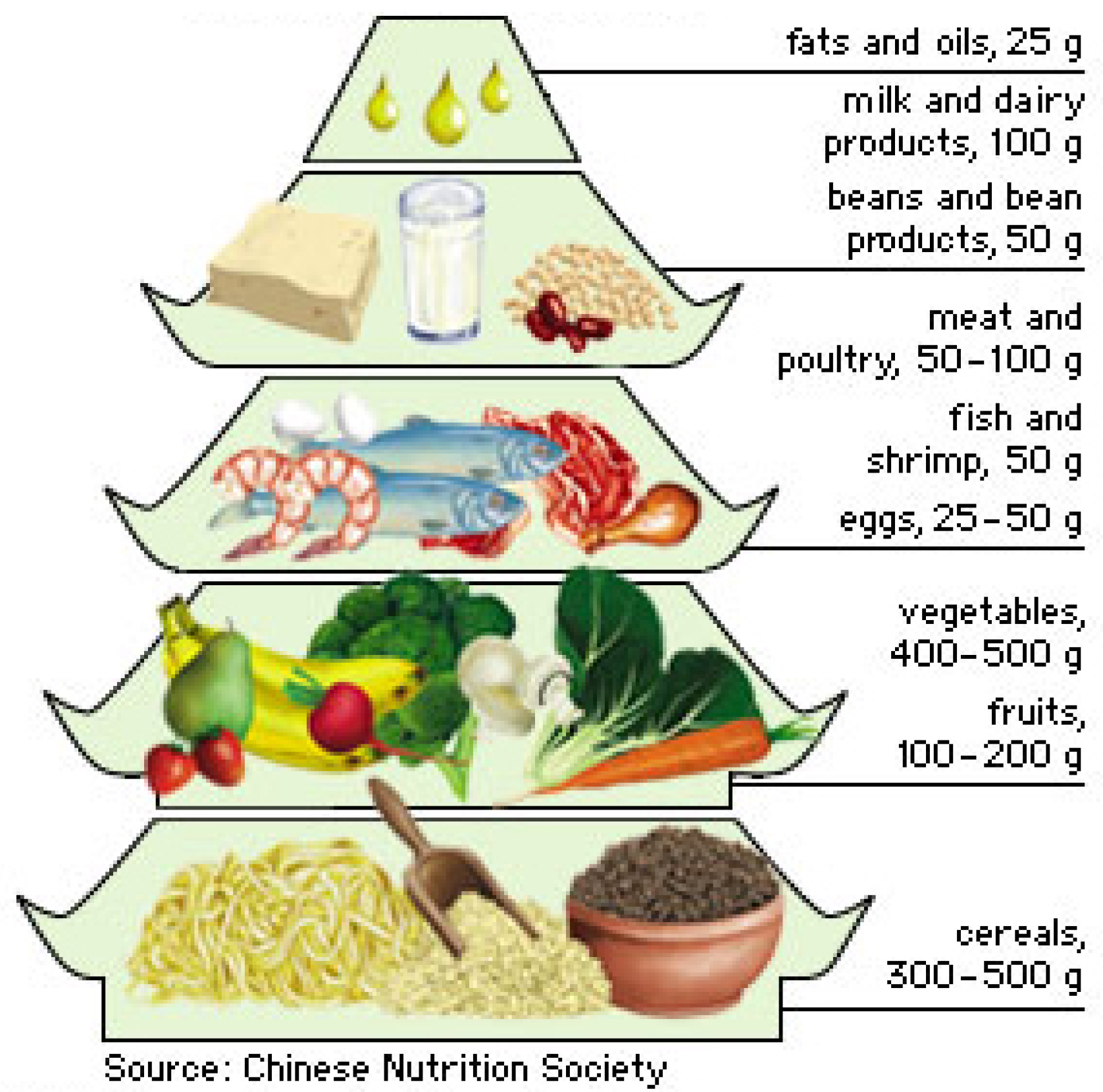
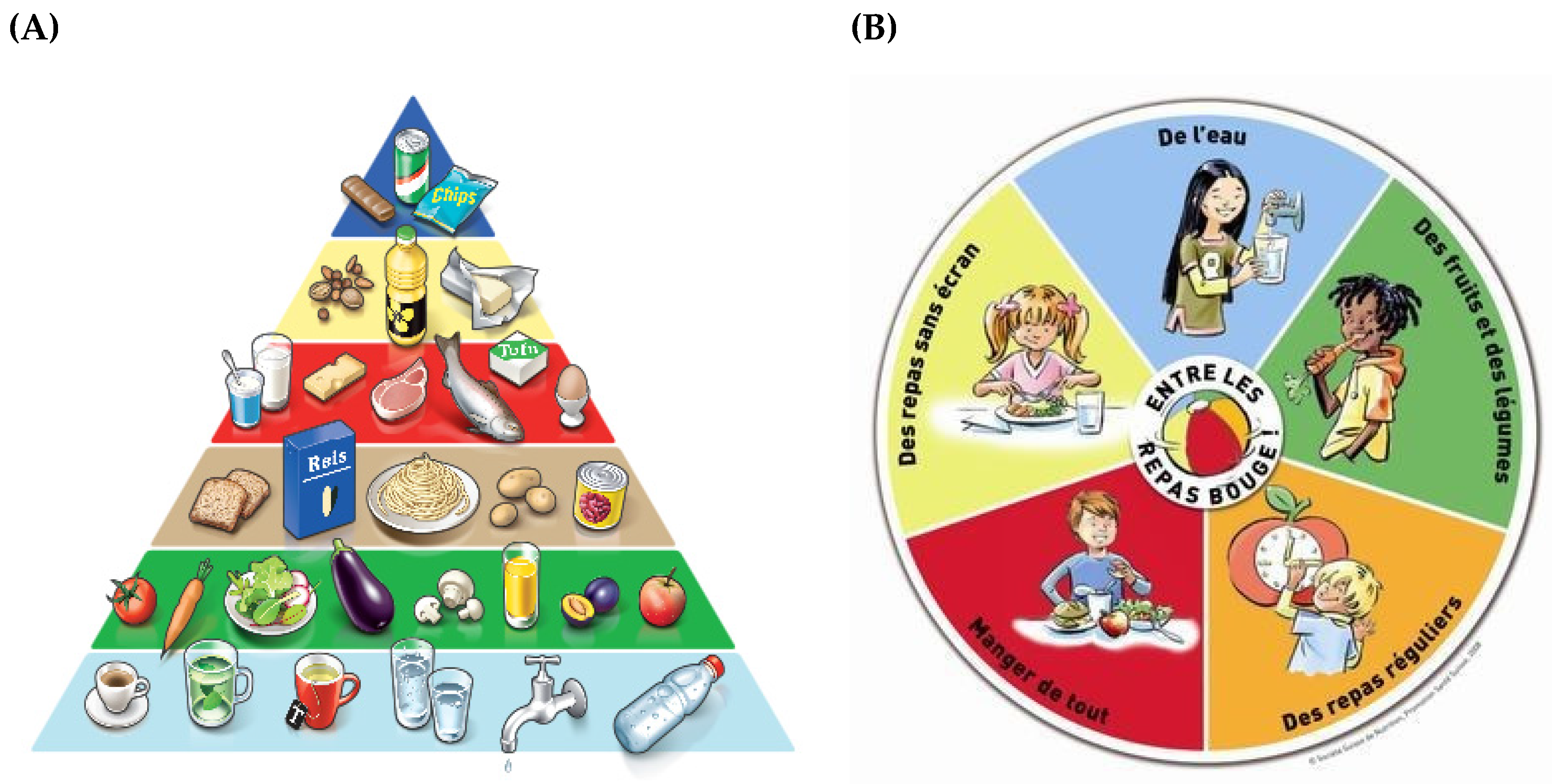
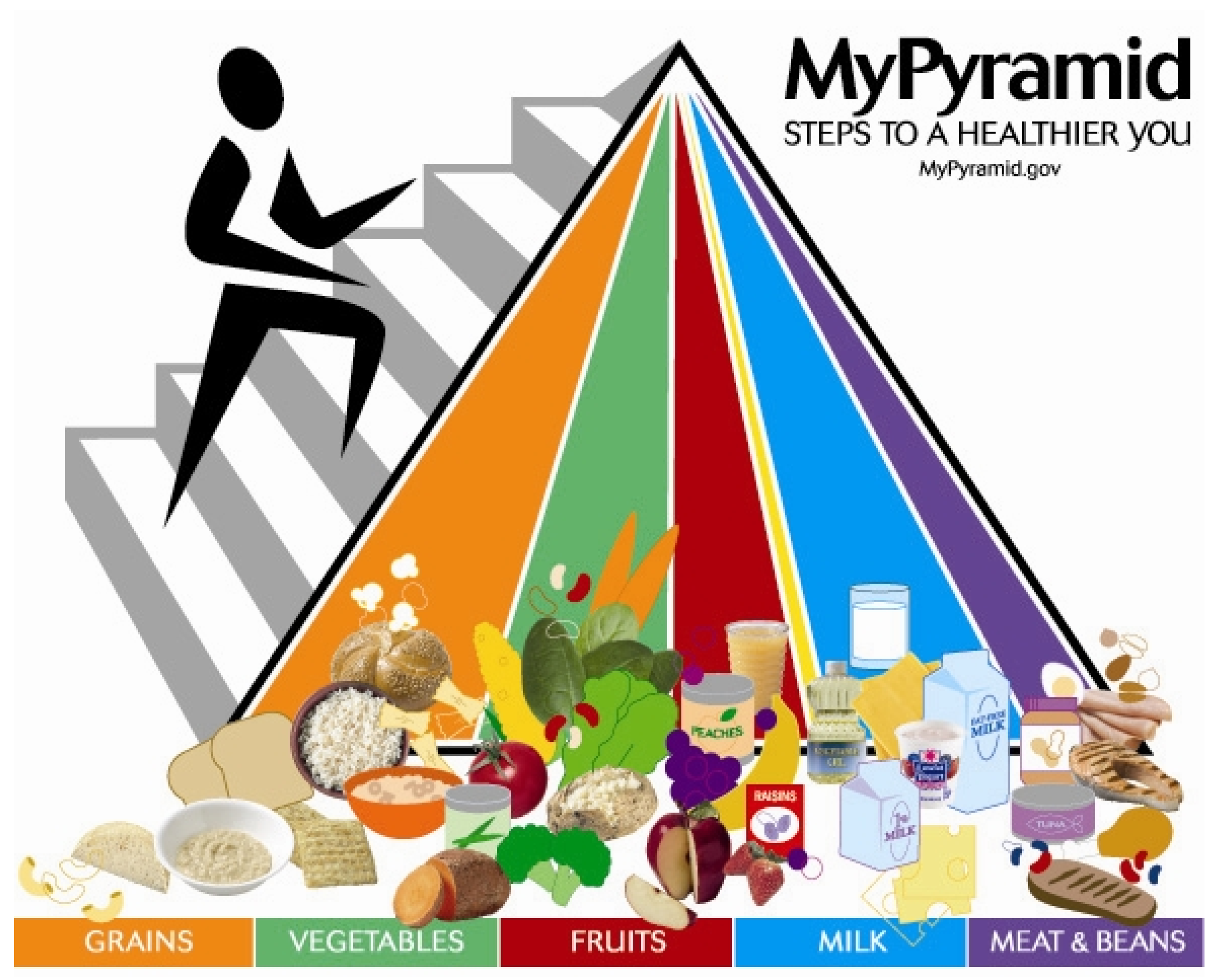
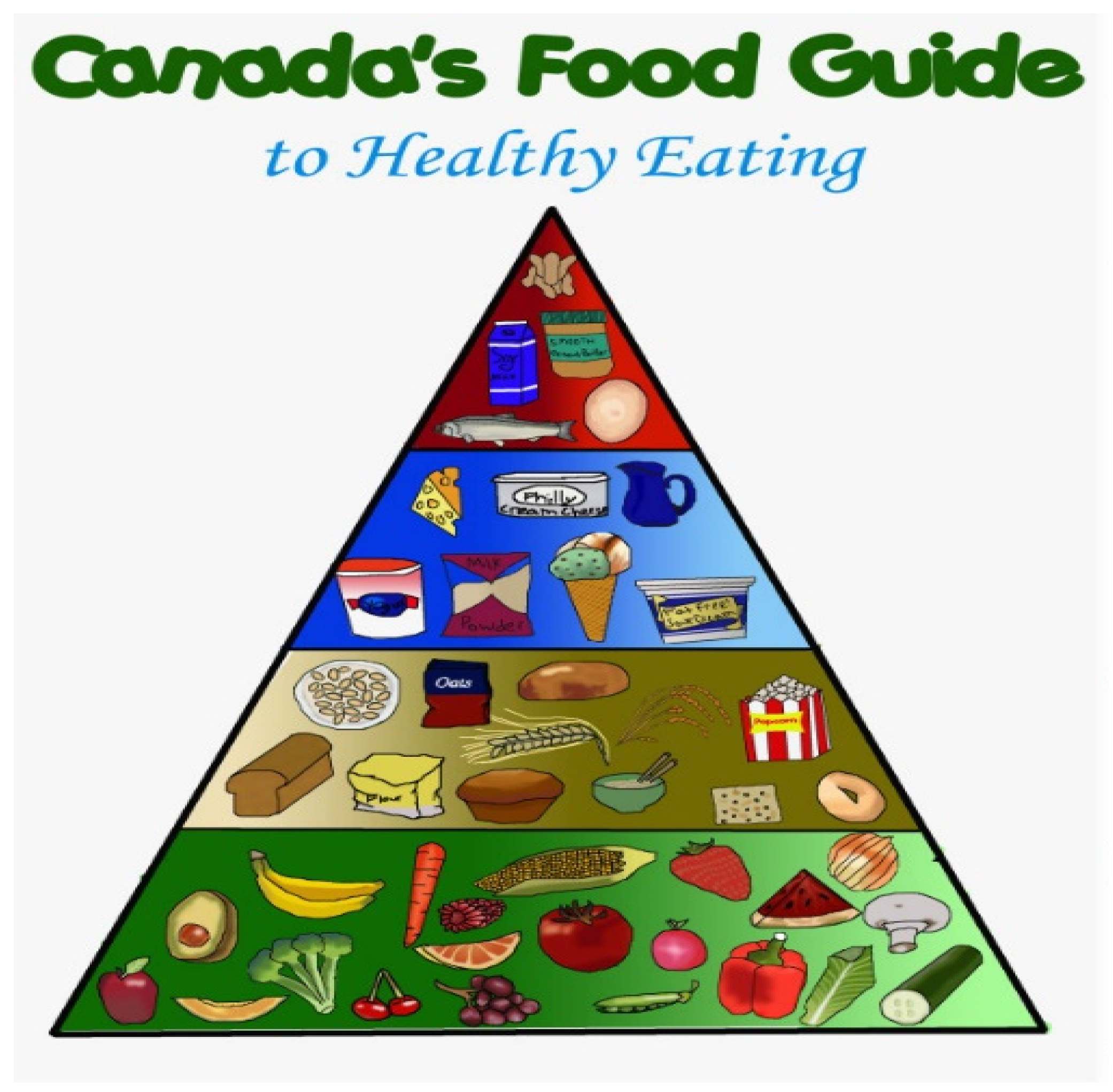
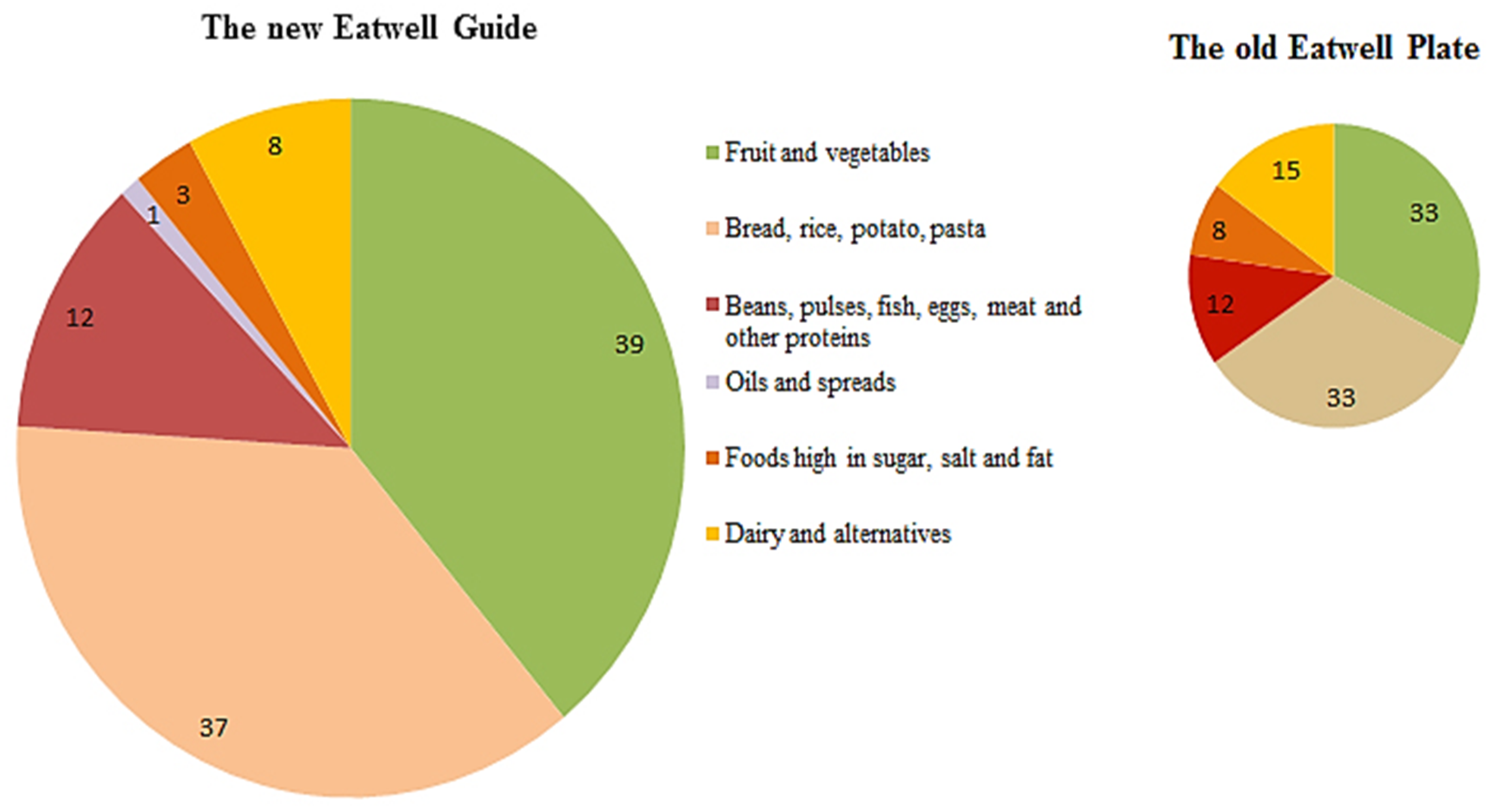
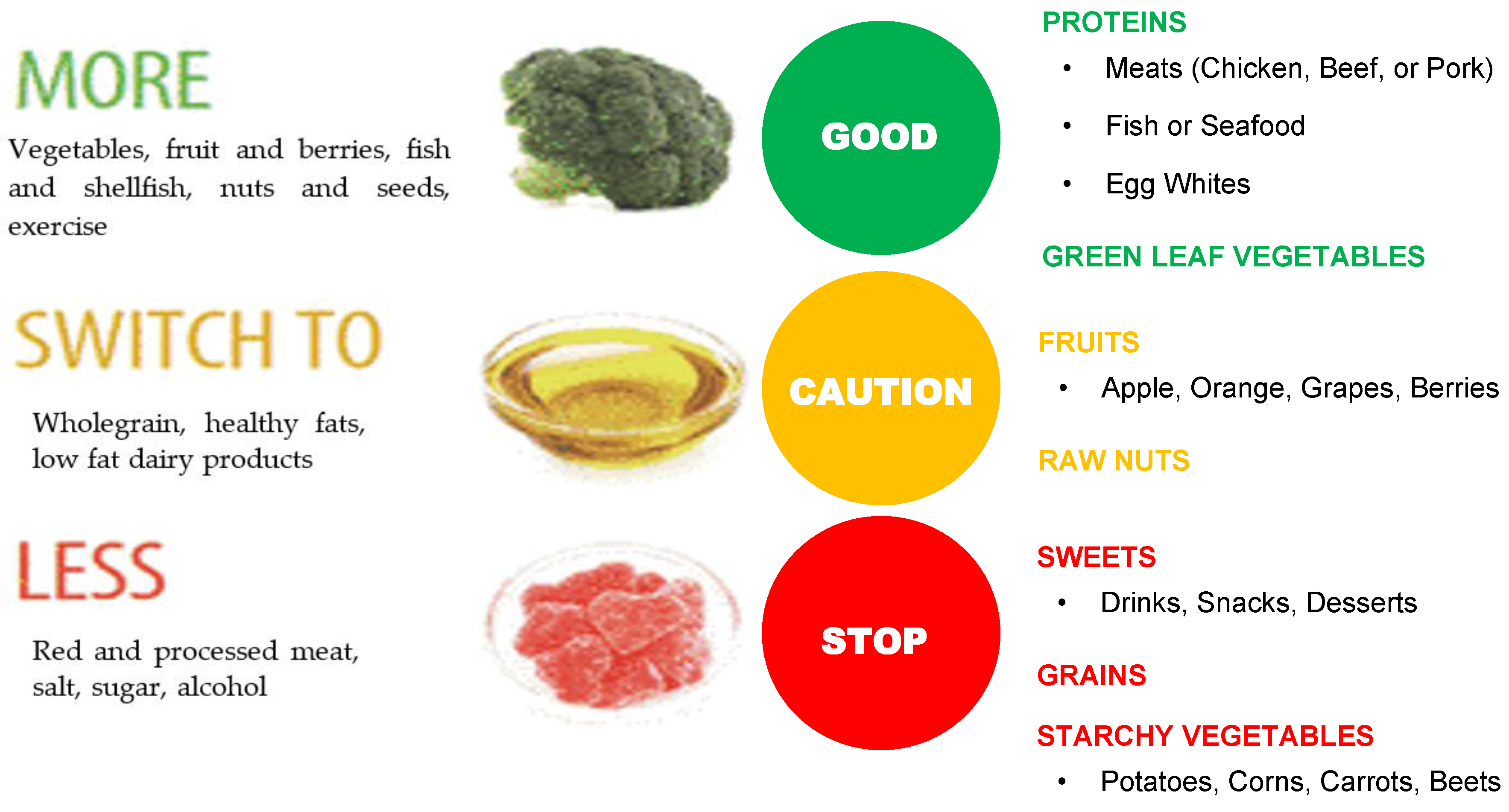
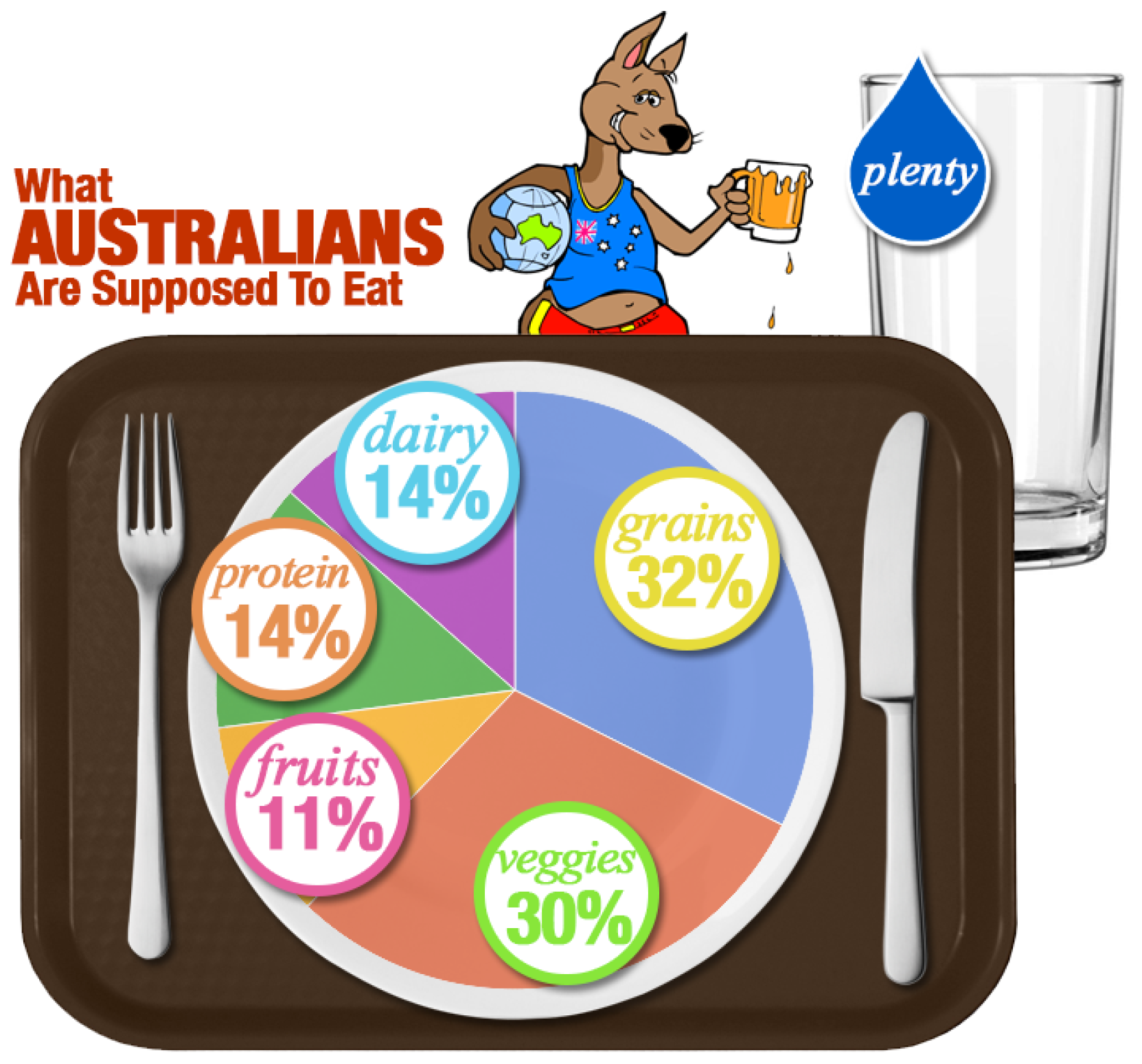
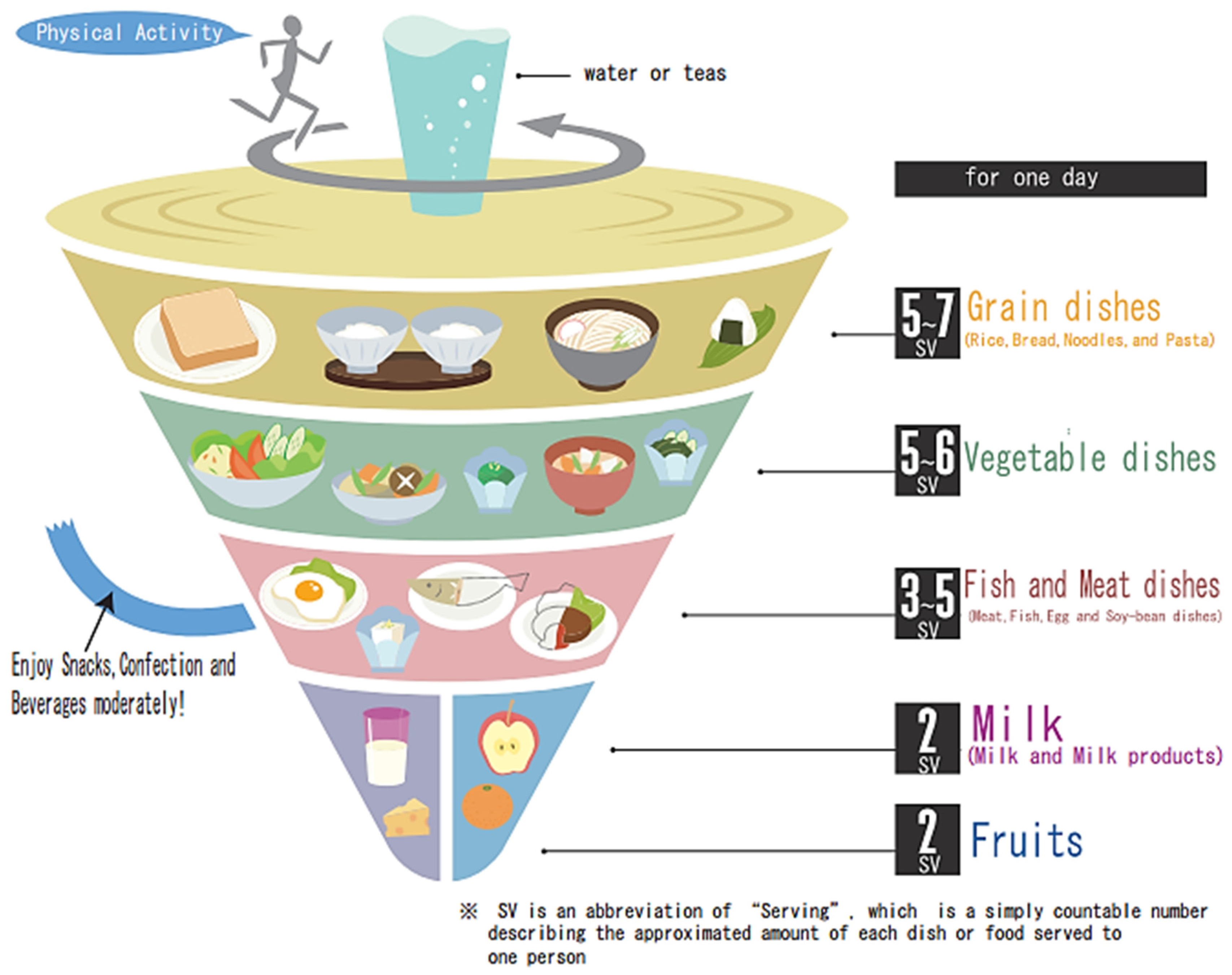
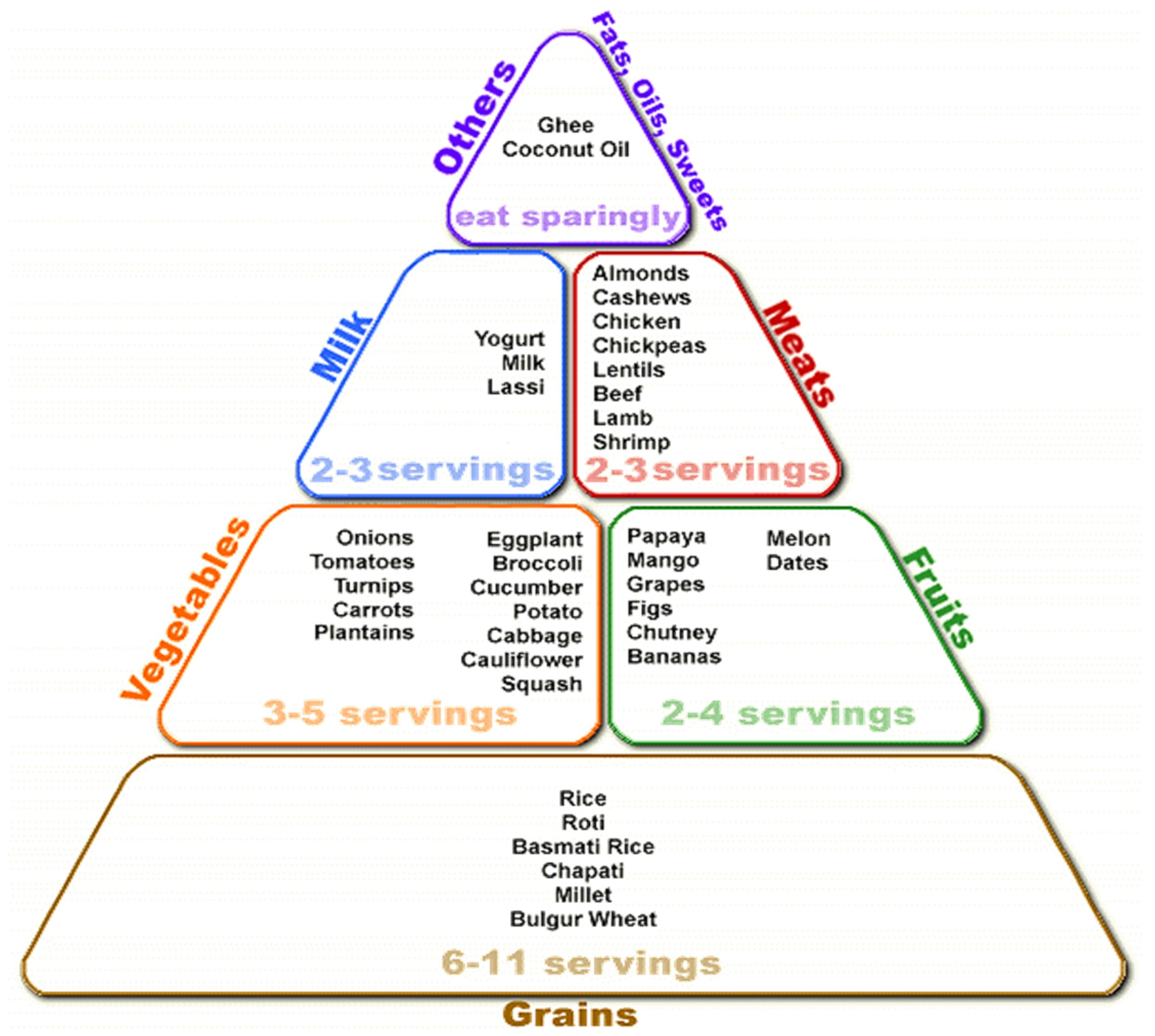
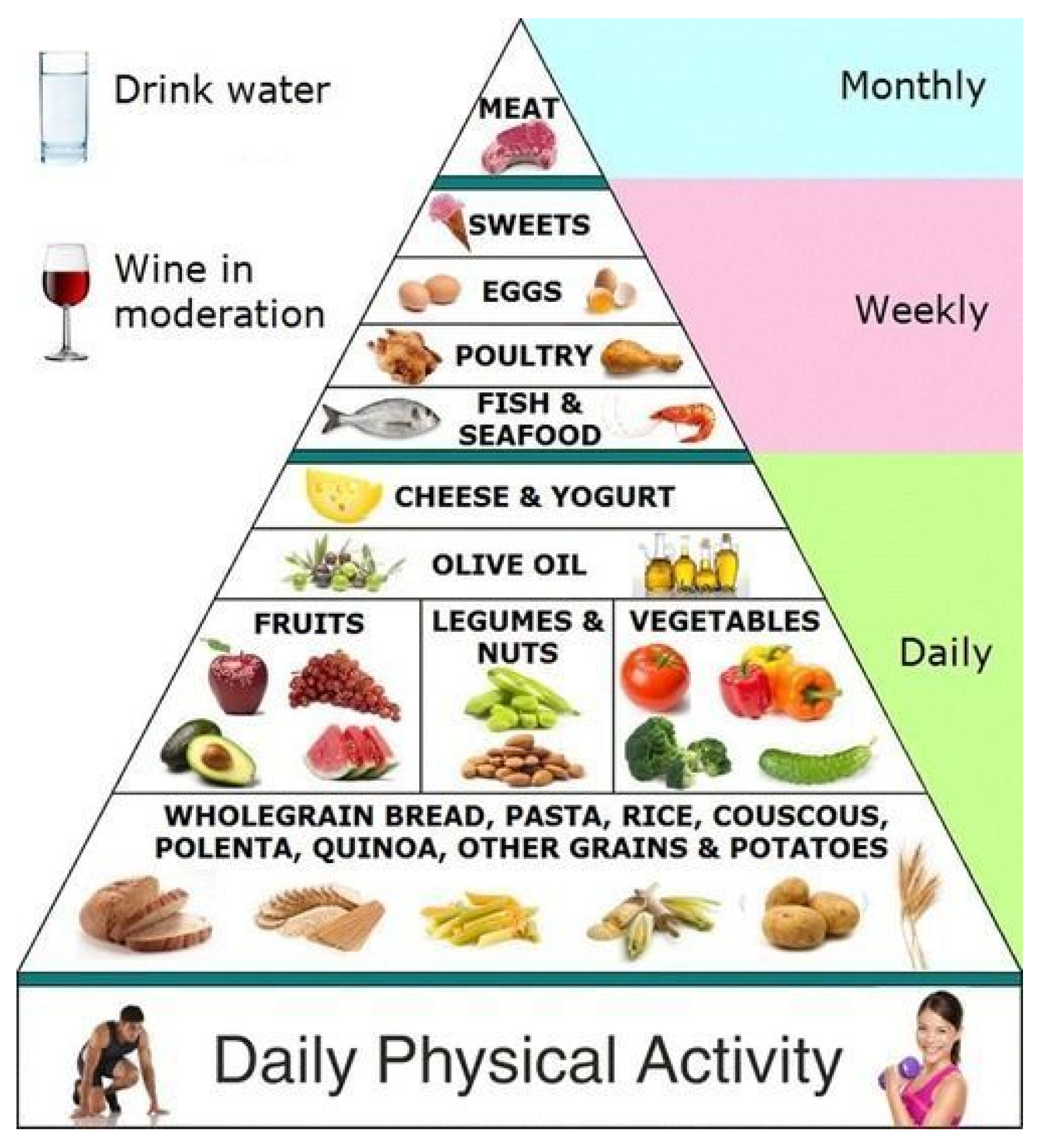
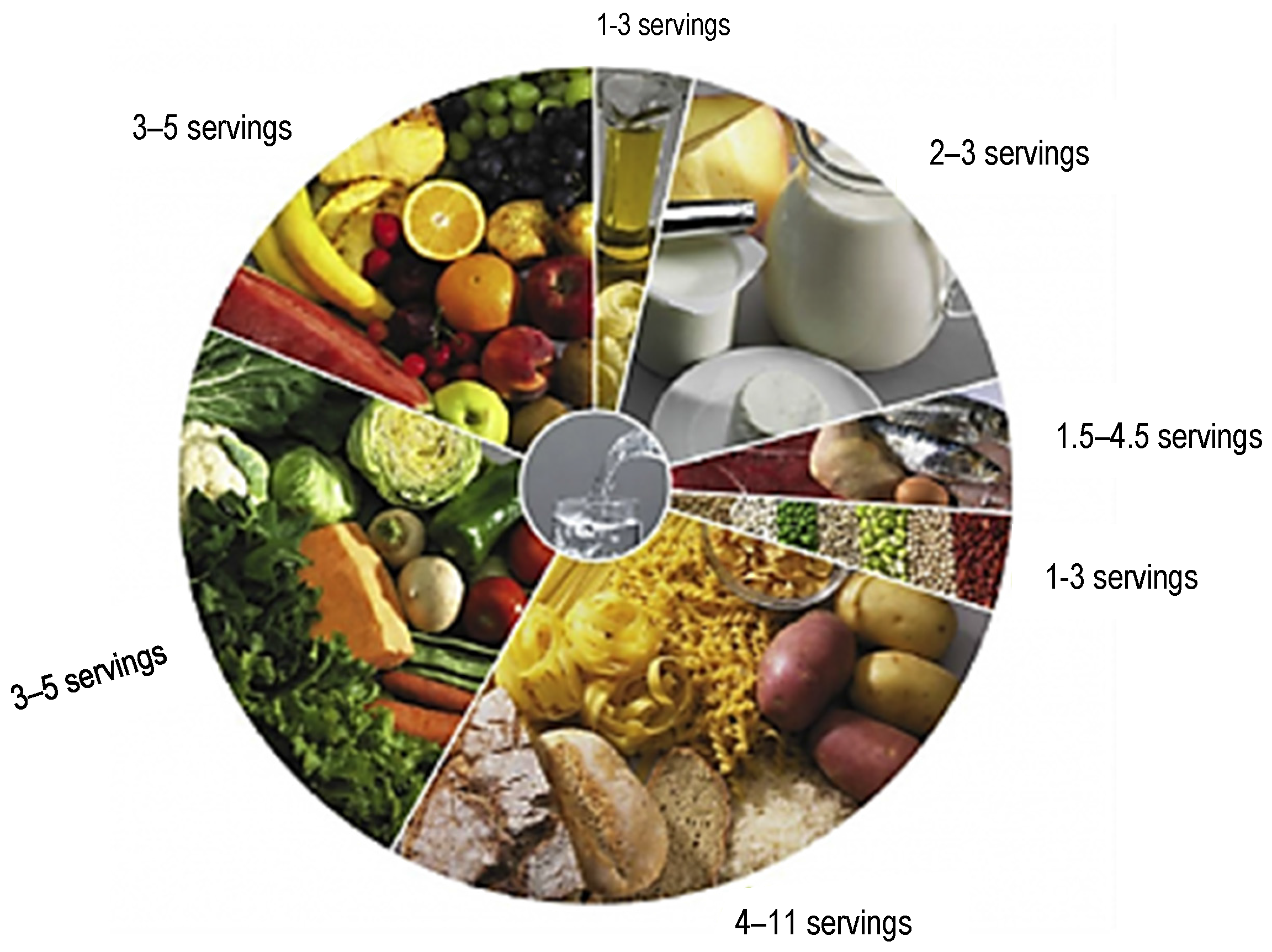
| In Brief |  |  |
|---|---|---|
| “Precautionary principle” | Fundamental part of risk management | Concept not endorsed as a basis for policy making |
| Societal, economic, ethical or environmental concepts | Taken into account in risk management decision in line with consumer right to information and choice | ”Other factors” considered as barriers to trade |
| Approach to ensuring food safety | Integrated “farm-to-fork” approach | Safety mostly verified at the end of the process |
| Food risk evaluation | Full scientific assessment by the EFSA for regulated products such as GMO’s and additives | Largely relies on companies’ own private assessment |
| Component or Parameter | Value |
|---|---|
| Crude protein | minimum 30 g/kg |
| pH | maximum 4.5 |
| Microorganisms used in the fermentation | minimum 106 cfu/g |
| Country | Yoghurt (Included in Dairy Products) | Alcoholic Fermented Beverages |
|---|---|---|
| China | - | - |
| Switzerland | + | in moderation |
| USA | + | in moderation |
| Canada | + | - |
| UK | + | - |
| Australia | + | in moderation |
| Japan | + | - |
| Sweden | + | - |
| Portugal | + | in moderation |
© 2017 by the authors. Licensee MDPI, Basel, Switzerland. This article is an open access article distributed under the terms and conditions of the Creative Commons Attribution (CC BY) license (http://creativecommons.org/licenses/by/4.0/).
Share and Cite
Bell, V.; Ferrão, J.; Fernandes, T. Nutritional Guidelines and Fermented Food Frameworks. Foods 2017, 6, 65. https://doi.org/10.3390/foods6080065
Bell V, Ferrão J, Fernandes T. Nutritional Guidelines and Fermented Food Frameworks. Foods. 2017; 6(8):65. https://doi.org/10.3390/foods6080065
Chicago/Turabian StyleBell, Victoria, Jorge Ferrão, and Tito Fernandes. 2017. "Nutritional Guidelines and Fermented Food Frameworks" Foods 6, no. 8: 65. https://doi.org/10.3390/foods6080065
APA StyleBell, V., Ferrão, J., & Fernandes, T. (2017). Nutritional Guidelines and Fermented Food Frameworks. Foods, 6(8), 65. https://doi.org/10.3390/foods6080065





